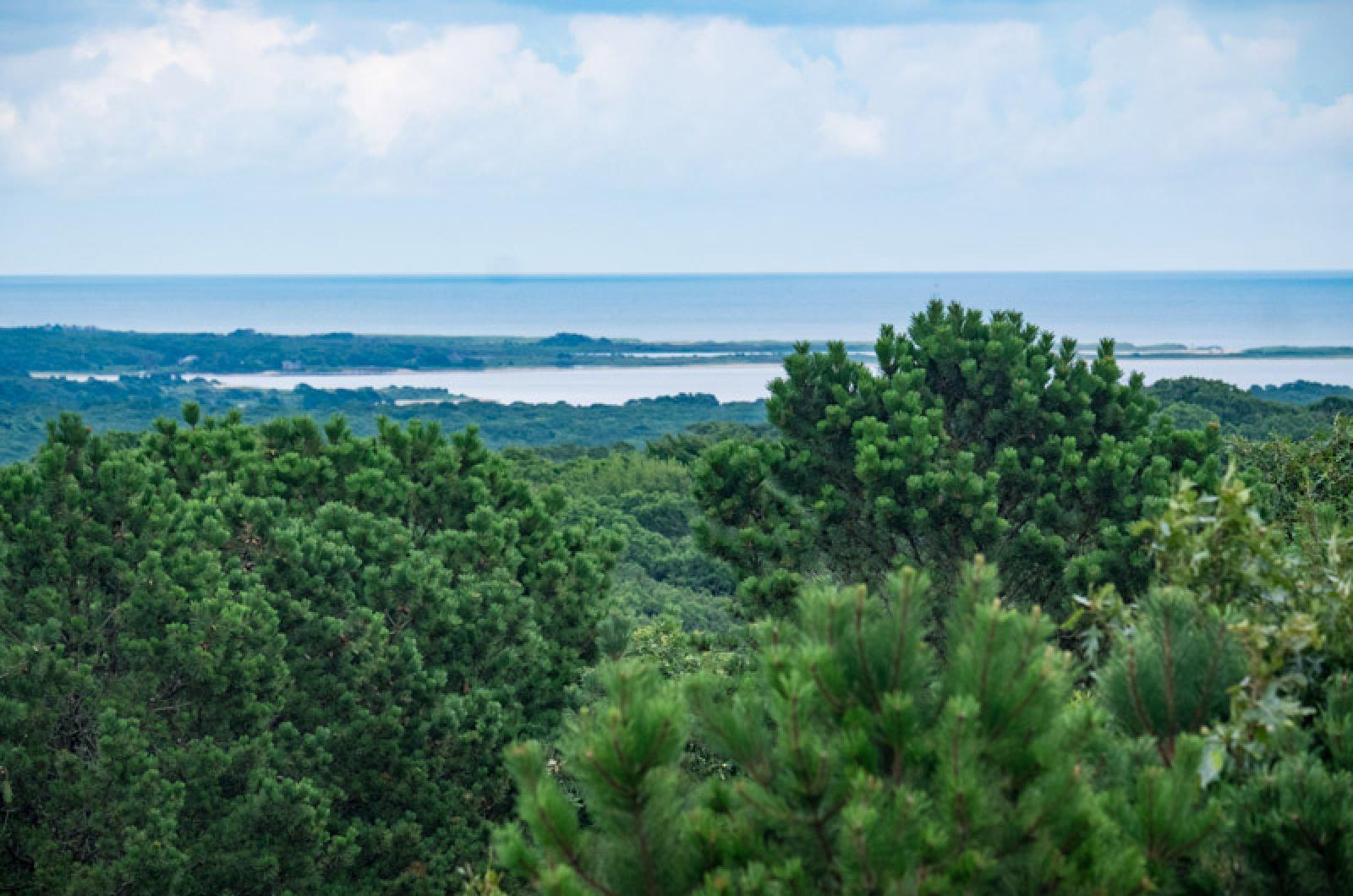Revenues at the Martha’s Vineyard Land Bank are up for the fourth straight fiscal year, reflecting an ongoing robust Martha’s Vineyard real estate market.
For the fiscal year ending June 30, the land bank collected $13.6 million, a three per cent increase over the prior year. The largest portion of revenues came from sales in the middle range of the market, between $500,000 and $1 million.
Established in 1986 by an act of the state legislature, the land bank collects a two per cent fee on most arm’s-length real estate transactions. The money is used to buy public conservation land, protect aquifers, scenic vistas and farmland, and help promote affordable housing through partnerships with government and nonprofit community groups.
Land bank revenues are considered a general barometer for the real estate market, which has been on a steady upswing since the national recession about a decade ago.
The land bank tracks its revenues on both a calendar and fiscal year basis.
Revenues hit a low of $5.7 million in 2008, down from a high of about $12.9 million in 2006. But recent years have seen regular growth, with revenue returning to pre-recession levels in 2015 — due largely to a number of high-end sales that year. The total number of transactions last year was up two per cent, from 1,516 to 1,549 — the highest point in at least eight years.
Land bank executive director James Lengyel told the Gazette this week that this year’s data confirms a healthy market on the Vineyard.
Mean revenue per transaction (now about $21,600) has grown 22 per cent since 2011, more than the total number of transactions, shedding light on the wider real estate picture. “What it’s really saying is that the growth in the market is not in volume particularly, but that it’s in price,” Mr. Lengyel said.
Sales in the higher end of the market (above $1 million) now make up 28 per cent of total land bank revenue, slightly more than a six-year average of 26 per cent. Mid-range sales account for 39 per cent of revenue, with low-end sales accounting for 34 per cent. Land bank data for the last six years show that balance shifting more from the lower end to the middle range of the market.
Lower end sales appear to be contributing less and less to the land bank coffers, in keeping with the dwindling supply of those homes on the Vineyard. Homes under $500,000 accounted for half of all land bank revenue in 2011. But that figure hit a six-year low of 30 per cent last year, and hasn’t risen above 40 per cent since 2014.
Meanwhile, sales in the middle range of the market have contributed around 38 per cent to annual land bank revenues since 2015 — a 20 per cent increase over the previous four-year average.
If history repeats, the annual upswing in annual land bank revenues could be nearing an end.
“The market rises and falls on a roughly eight-year cycle,” Mr. Lengyel said. “If you go back to 2009, 2010, those were very low years, and now these are high years. And you can see that repeated in the previous 16 years before that.”
In fact the three per cent growth this fiscal year is significantly less than last year, when the land bank saw a 22 per cent growth in revenues between 2015 and 2016.
The land bank purchased five properties totaling 38 acres last year, compared to six properties totaling 66 acres in 2015. Added protection for the historic Sailor’s Burying Ground in Vineyard Haven, a sandy beachfront on the Lagoon Pond and expanded acreage at the hilltop Middle Ridge property in Chilmark were among the acquisitions.
Looking forward, Mr. Lengyel indicated there would be no shortage of land for purchase in the future. “The land bank continues to see many options, many opportunities across the Island,” he said.




Comments
Comment policy »